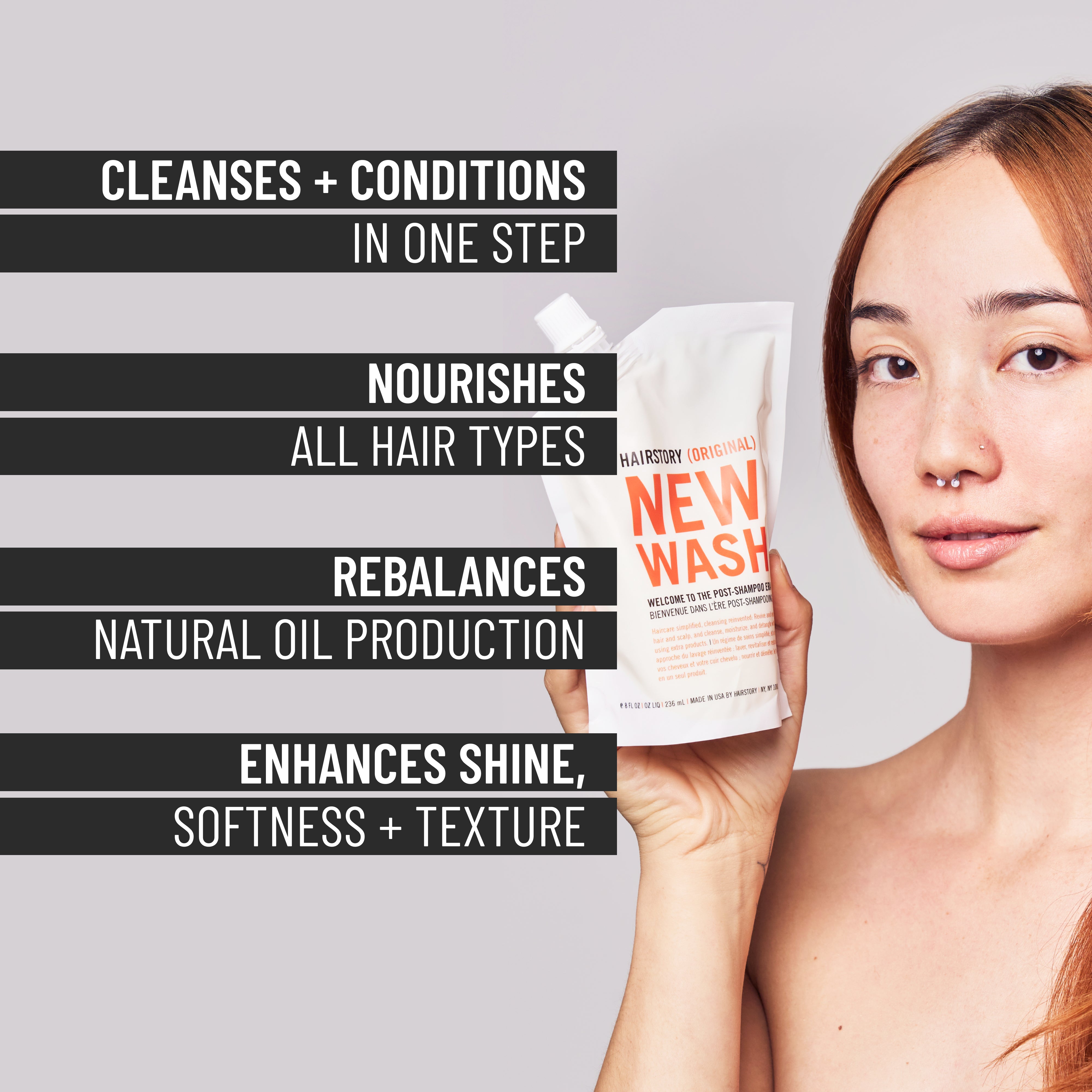From check-in to check-out, salon clients are experiencing a practice familiar to Apple Store shoppers: interacting with support staff untethered from formal reception desks. Rather than tower over a receptionist juggling appointment books, phones, and cash, eye-level exchanges free from a physical barrier are changing the dynamic to enhance the salon experience.
Thinking about going deskless? Working without traditional reception requires more than simply removing furniture; it means adopting new technology and re-focusing people to do the salon receptionist job more efficiently.
TECHNOLOGY
This doesn't mean replacing people with apps or robots. You may not need a physical salon reception desk, but you may still need people; front desk staff can become more than a stationary "call center," and become service coordinators greeting customers upon arrival, shepherding the client throughout their visit, and patrolling the salon periodically to check in with any stylist that may be running overtime or needing help. Interaction with salon clients can be much more organic than with receptionists who are trapped inside a box.
Doing away with the receptionist doesn't mean doing away with phones. You may need to create another reception area for receiving landline calls.
Apps for stylists change everything: Streamline check-in with information about arriving clients instantly; show bookings even when not at work; view what any day looks like any time, and run reports and access information without waiting for access to a computer.
Hairstory stylists rely on software called Square according to their needs. “Before, I was relying on email to schedule clients. Now they can see my schedule and choose appointments that work for them. It completely eliminated the back-and-forth – and it’s visual,” says Wes Sharpton. Your client list must first be uploaded into the Square system, or clients need to create a profile to be recognized when they login.
While this is empowering, you may need to be comfortable giving your personal phone numbers out and fielding calls and texts during off-hours. You must also be sure to prioritize the guest in your chair over the phone in your pocket. Alternatively, tablets can be stashed at each station.
Client checkout can happen even before leaving the chair - as can pre-booking the next appointment- or they can see a salon coordinator in the retail area, though when stylists ring up the bill and show clients to the door themselves, tips can be higher than average. Selling hair products can also be more personal this way.
TABLE TALK
You can also opt to install a table in the retail space like a communal waiting area in a restaurant with monitors or iPads for clients to check in and out; brochures, cards, and retail supplies can be displayed - or not - in cubbies and drawers. A recharging station for clients' devices is also a nice touch.
THE RESISTANCE
Naysayers are typically attached to the tradition, and that’s okay. Salons without a back office where administrative tasks and phones are handled find the idea of running to answer calls throughout the day rude – and equally rude not to. (A perfectly acceptable option is to let calls go to voicemail and return them between clients.) They are also reluctant to require stylists to share extra administrative responsibilities. But it’s important to consider the extra incentives that come with access to data.
Others fear an erasure of boundaries between clients and staff where clients feel free to wander and initiate conversations with whomever whenever and wherever they wish. But remember that in a new scenario it's the salon coordinator's job to run interference and orchestrate flow.
* * *
Working without a front-desk can benefit business and boost the bottom line. What makes a great salon experience is when the client feels comfortable and taken care of. Clients already expect increasingly personalized experiences, and removing the physical barrier facilitates open communication, improves customer service, and gives staff the literal room to grow.















































